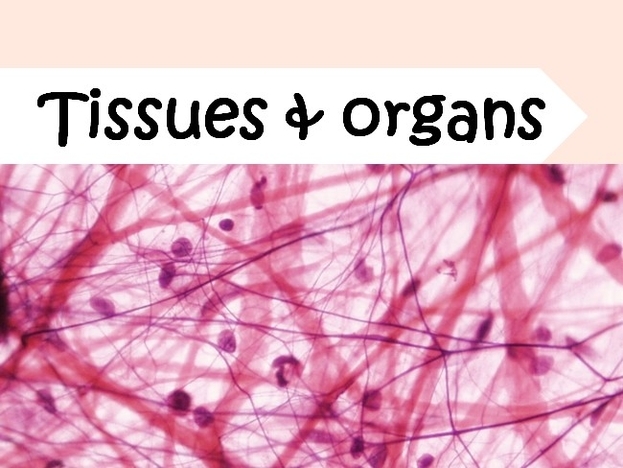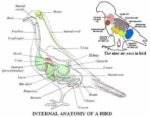Organ Tissue and Human Body Organ Model
The human body is a complex system of cells, tissues, organs, and organ systems that work together to maintain life. This intricate structure can be understood at various levels of organization.
1. Cells: The basic building blocks of life, cells are the smallest units capable of performing life processes. The human body contains over 30 trillion cells.
2. Tissues: A group of similar cells that perform a specific function forms a tissue. For example, muscle tissue consists of muscle cells that work together to enable movement.
3. Organs: An organ is a structure composed of at least two different types of tissues that perform a specific function. For example, the heart, a vital organ, is primarily made of muscle tissue but also contains connective tissue.
4. Organ Systems: Organs that work together to perform a major function form an organ system. For instance, the heart and blood vessels form the circulatory system.
The human body has several vital organs, including the brain, heart, lungs, kidneys, and liver. Each organ has a specific role and function. For example, the heart is responsible for pumping blood throughout the body, while the brain controls all bodily functions.
Human body organ models are anatomically accurate, realistic 3D representations of human internal organs. These models include organs such as the lungs, heart, diaphragm, liver, stomach, pancreas, gallbladder, spleen, intestines, and kidneys. They are often used for medical presentations and educational purposes.
These models help in understanding the structure, location, and function of various organs. They also aid in visualizing the relationship between different organs within an organ system. For instance, a model of the digestive system would include the mouth, esophagus, stomach, and intestines, showing how food travels through the system.
In conclusion, understanding the organization of the human body from cells to organ systems is crucial for comprehending how the body functions. Human body organ models serve as valuable tools in this learning process, providing a tangible and visual way to explore the complexities of human anatomy.



